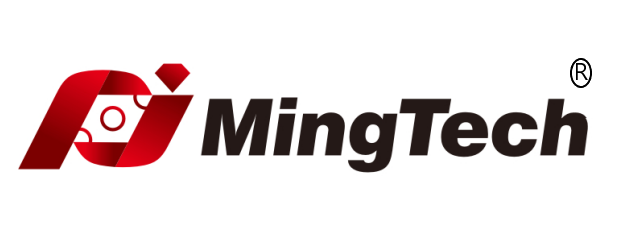Get Support
123-456-789-10
The Economics of CBN inserts/PCBN inserts in hard turning
Most parts in many industries are processed with final precision or shape after heat treatment. Hard turning is becoming an economical alternative to grinding. At present, more and more foreign companies have recognized the advantages of hard turning, but the domestic method is still mainly grinding, mainly due to the cost of cutting tools (such as PCBN inserts/Tools), so many companies still regard it as an expensive Craftsmanship.
1. High processing efficiency
The cost of hard turning tools (PCBN inserts/Tools) is generally 10 to 20 times higher than that of traditional turning tools, but compared with grinding, hard turning has higher processing efficiency than grinding. Hard turning often uses large cutting depth and high workpiece speed, and the metal removal rate is usually 3 to 4 times that of grinding; the energy consumption is only 1/5 of grinding, and the cost of each part is lower than Grinding. In addition, the replacement of the grinding wheel generally takes 30 minutes or more. The hard turning tool change can be completed within two minutes, and there is no need to modify the cutting contour of the grinding wheel. There is no loss of necessary production time to replace and correct the grinding wheel.
2. Low equipment investment, low maintenance cost, suitable for flexible production requirements
When the productivity is the same, the investment of the lathe is only 1/3 to 1/10 of the grinder, and the cost of its auxiliary system is also low. The lathe itself is a flexible processing method with a wide processing range. For the production of multiple varieties and small batches, we use the CNC lathe. With the use of a variety of tool turntables or tool magazines, hard turning does not require other special equipment, and it is easy to achieve a variety of processing conversion between different workpieces, and the clamping for workpiece is fast. In addition, compared with grinding, hard turning can better meet the requirements of flexible mass production. When turning, one-time clamping can complete a variety of surface processing (such as outer circle, inner hole, groove and end surface, etc.), Therefore, the auxiliary time is short, and the relative position accuracy between the processed surfaces is high. In contrast, grinding requires multiple installations or multiple production steps.
3. Hard turning allows parts to achieve good surface finish quality
While grinding can obtain good surface finish at a relatively high feed rate, hard turning with PCBN inserts/Tools can achieve the same or better surface finish with a significantly higher metal removal rate. Most of the heat produced in hard turning is taken away by the chips, which does not produce surface burns and cracks like grinding. It has excellent surface quality, precise processing roundness, and can guarantee the accuracy of the processing surface.
4. Hard turning is a clean process
Hard turning is the effective removal of metal by "stripping" softened chips from the workpiece. In most cases, hard turning does not require coolant, and the use of coolant will adversely affect tool life and surface quality. Hard turning is formed by annealing the material of the sheared portion to soften it. If the cooling rate is too high, this effect caused by the cutting force will be reduced, thereby increasing mechanical wear and shortening the tool life. Use hard turing without coolant,it helps to eliminate the environmental damage caused by the use of cooling fluid and reduces the disposal cost of waste liquid. At the same time, hard turning can save the device related to the coolant, reduce the production cost, simplify the production system, the formed chips are clean, and it is easier to recycle than grinding.

 By: admin
By: admin
